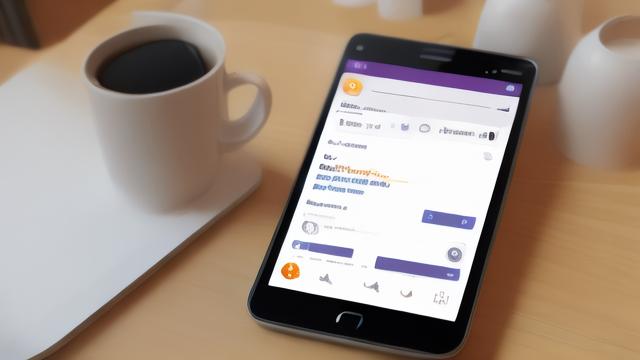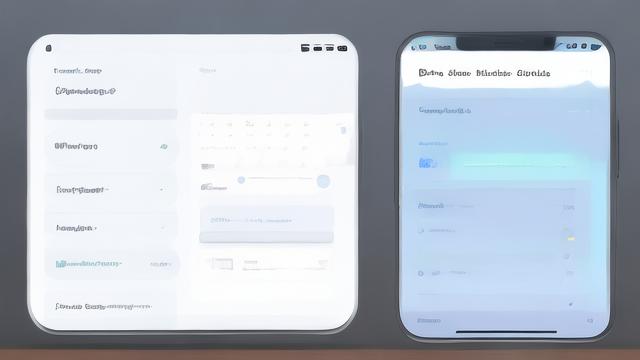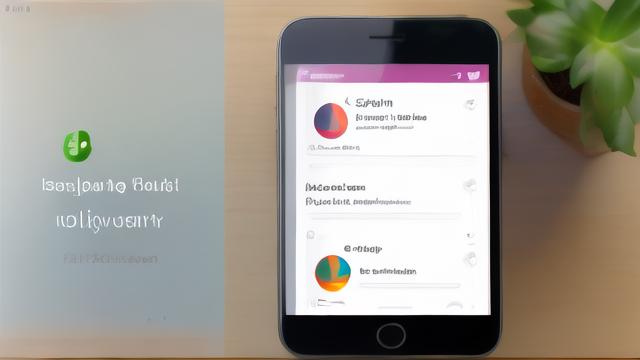java,BluetoothAdapter bluetoothAdapter = BluetoothAdapter.getDefaultAdapter();,BluetoothDevice device = bluetoothAdapter.getRemoteDevice(address);,BluetoothSocket socket = device.createRfcommSocketToServiceRecord(MY_UUID);,socket.connect();,OutputStream outStream = socket.getOutputStream();,File file = new File("path/to/file");,FileInputStream fis = new FileInputStream(file);,byte[] buffer = new byte[1024];,int bytes;,while ((bytes = fis.read(buffer)) != -1) {, outStream.write(buffer, 0, bytes);,},outStream.close();,fis.close();,socket.close();,``## Android 实现蓝牙文件发送的实例代码

###
我们将探讨如何在Android设备上实现蓝牙文件传输,该功能将支持多种机型,包括不同制造商和操作系统版本的设备,我们将使用标准的Bluetooth API来实现这一功能,以下是步骤和相关代码示例。
### 环境准备
Android Studio (最新版本)
一台支持蓝牙的Android设备或模拟器
蓝牙适配器(如果使用的是物理设备)
### 项目配置

我们需要在项目的 `AndroidManifest.xml` 文件中声明必要的权限和特性:
```xml
...
```
### 主要步骤
1. **检查蓝牙是否可用
2. **请求启用蓝牙

3. **扫描附近的蓝牙设备
4. **建立蓝牙连接
5. **发送文件
6. **处理异常和错误
### 详细步骤及代码
#### 1. 检查蓝牙是否可用
我们需要检查设备的蓝牙是否可用:
```java
BluetoothAdapter bluetoothAdapter = BluetoothAdapter.getDefaultAdapter();
if (bluetoothAdapter == null) {
// 设备不支持蓝牙
return;
} else if (!bluetoothAdapter.isEnabled()) {
// 请求启用蓝牙
Intent enableBtIntent = new Intent(BluetoothAdapter.ACTION_REQUEST_ENABLE);
startActivityForResult(enableBtIntent, REQUEST_ENABLE_BT);
```
#### 2. 请求启用蓝牙
如果蓝牙未启用,我们可以请求用户启用蓝牙:
```java
private static final int REQUEST_ENABLE_BT = 1;
@Override
protected void onActivityResult(int requestCode, int resultCode, Intent data) {
super.onActivityResult(requestCode, resultCode, data);
if (requestCode == REQUEST_ENABLE_BT && resultCode == RESULT_OK) {
// 蓝牙已启用,继续下一步
scanForDevices();
} else {
// 蓝牙未启用,提示用户或终止操作
Toast.makeText(this, "蓝牙未启用", Toast.LENGTH_SHORT).show();
}
```
#### 3. 扫描附近的蓝牙设备
我们需要扫描附近的蓝牙设备:
```java
private void scanForDevices() {
if (bluetoothAdapter.isDiscovering()) {
bluetoothAdapter.cancelDiscovery();
}
bluetoothAdapter.startDiscovery();
```
#### 4. 建立蓝牙连接
一旦发现目标设备,我们需要与它建立连接:
```java
private BluetoothSocket createBluetoothSocket(BluetoothDevice device) throws IOException {
try {
return device.createRfcommSocketToServiceRecord(MY_UUID);
} catch (IOException e) {
Log.e(TAG, "Socket's create() method failed", e);
}
return null;
```
#### 5. 发送文件
建立连接后,我们可以开始发送文件:
```java
private void sendFile(BluetoothSocket socket, File file) throws IOException {
DataOutputStream dos = new DataOutputStream(socket.getOutputStream());
FileInputStream fis = new FileInputStream(file);
byte[] buffer = new byte[1024];
int bytes;
while ((bytes = fis.read(buffer)) != -1) {
dos.write(buffer, 0, bytes);
}
fis.close();
dos.flush();
dos.close();
socket.close();
```
#### 6. 处理异常和错误
在整个过程中,我们需要处理可能出现的各种异常和错误:
```java
try {
BluetoothDevice device = ... // 获取目标设备
BluetoothSocket socket = createBluetoothSocket(device);
socket.connect();
sendFile(socket, new File("/path/to/file"));
} catch (IOException e) {
Log.e(TAG, "Error occurred while sending file", e);
} finally {
try {
if (socket != null) {
socket.close();
}
} catch (IOException e) {
Log.e(TAG, "Failed to close socket", e);
}
```
### 归纳
是一个简单的Android蓝牙文件发送功能的实现示例,通过这个示例,你可以了解如何在Android设备之间进行蓝牙通信,实际应用中可能需要更多的错误处理和优化,希望这个示例对你有所帮助!
以上内容就是解答有关“android实现蓝牙文件发送的实例代码,支持多种机型”的详细内容了,我相信这篇文章可以为您解决一些疑惑,有任何问题欢迎留言反馈,谢谢阅读。